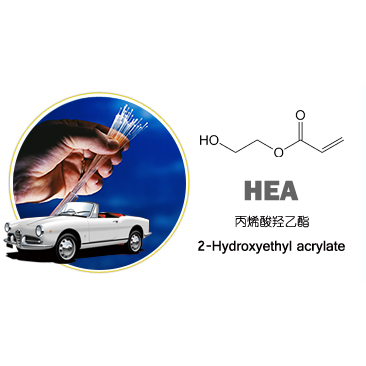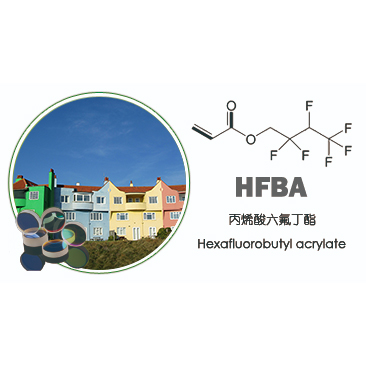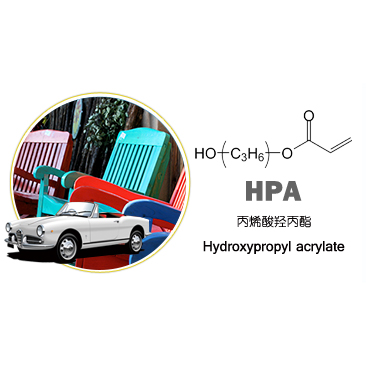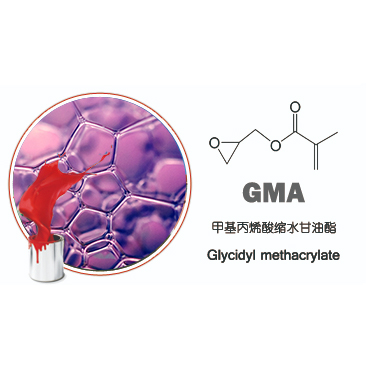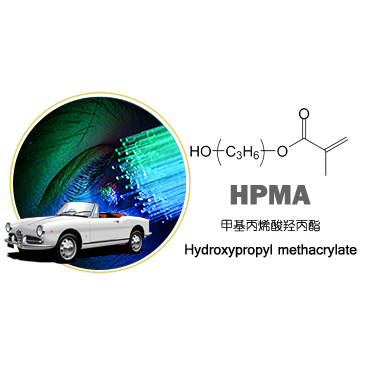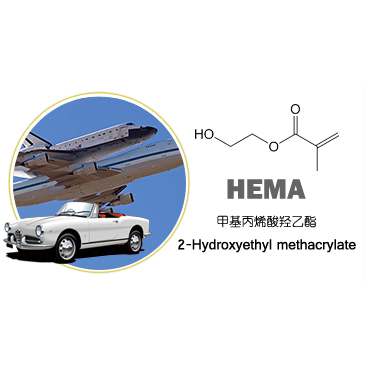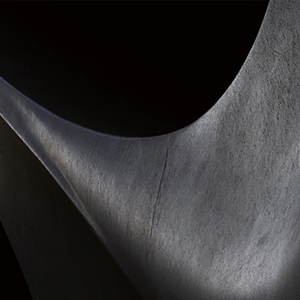- E-mail : info_marketing@jindunchemical.cn
- Phone : +86 21 64057580
- Address : Shanghai China
Inlet characterization of hydroxyethyl acrylate
Due to certain market factors, the products of hydroxyethyl acrylate are
mixed, with more impurities, more water content, and inferior products with more
impurities and more water. For the downstream water reducing agent company, it
seems too extravagant to buy a gas chromatograph just to analyze hydroxyethyl
acrylate. On the one hand, the price is not expensive, on the other hand, or
because the frequency of use is too low resulting in high maintenance costs.
Just like the family bought a fully automatic mahjong table, the results of the
year never enough to get four people can only take the table to play landlord as
silent.
Then it is important to know how to do a simple and quick qualitative
analysis of hydroxyethyl acrylate. In order to have a target, we need to
understand the production process of hydroxyethyl acrylate. I have checked a lot
of literature, most of them are studies on the downstream products of
hydroxyethyl acrylate, and there is very little literature related to its own
production.
In Baidu, it is mentioned that the production of hydroxyethyl acrylate is
based on the addition reaction between acrylic acid and ethylene oxide in the
presence of catalyst and polymerization inhibitor to produce the crude product
of acrylic acid-2-hydroxyethyl ester, which is degassed and distilled to obtain
the finished product with the raw material consumption quota: 710kg/t of acrylic
acid and 485kg/t of ethylene oxide. The production process of hydroxyethyl
acrylate only produces some organic by-products and does not produce additional
water. Usually the moisture content of hydroxyethyl acrylate is less than
0.5%.
Therefore, a method to detect the water content is sufficient for the
effective detection of hydroxyethyl acrylate. Other byproducts of esters in
hydroxyethyl acrylate are not as easy to detect as water. These ester byproducts
do not seem to have many side effects in the water reducing agent synthesis
process. I remember doing comparative experiments in this area before, I found
that the impurity content of hydroxyethyl to make the net cement slurry an hour
after the expansion of the time rather than the high purity of hydroxyethyl. Of
course this is not necessarily a good thing, the subsequent experiments were not
done, so I will not dwell on it this time. This article is mainly about the
detection of water content in hydroxyethyl ester.
Combined with the market situation, as long as the water content in the raw
material of hydroxyethyl acrylate is detected, the trust of the supplier can be
assessed. After all, mixing other substances is far less convenient than mixing
water, so most of the hydroxyethyl ester with quality problems are water
adulteration. Unlike water-reducing agents, hydroxyethyl acrylate cannot be
separated from hydroxyethyl acrylate by simple heating and evaporation. The
method I first thought of was to complicate the heating by using distillation
for the separation. This method is not a big problem, and if used properly can
also be effective in detecting the impurity content of hydroxyethyl acrylate.
However, the prerequisite was to find a way to stop the self-polymerization of
hydroxyethyl acrylate. Under high temperature conditions, hydroxyethyl acrylate
is very prone to self-polymerization, resulting in ineffective separation of
impurities. I tried a simple atmospheric distillation experiment, and this
method could only separate out the water from the hydroxyethyl acrylate. It is
very difficult to separate the impurities. In the relevant literature, I found
that to distill hydroxyethyl acrylate, you need to use a vacuum environment to
lower the boiling point of hydroxyethyl acrylate and combine it with a
polymerization inhibitor. This test is not too difficult, but requires
experimental equipment 。。。。 On second thought, I think I'll pass. It is enough
to know that this method can be applied.
This post is about finding a simpler way to test for moisture.
After months of thinking about it, there really is a method that can be
called simple and effective. Of course, if you are interested in
reduced-pressure distillation, you can do the test if you don't want the hassle.
Or if you are not bad off, you can get a gas chromatograph to do the
analysis.
Using the property that anhydrous copper sulfate will turn into blue copper
sulfate pentahydrate when it meets water, add a certain amount of anhydrous
copper sulfate directly to the hydroxyethyl acrylate, and if the copper sulfate
turns blue, it means that the material contains water. It is also possible to
make a preliminary judgment of the water content in the hydroxyethyl acrylate
based on the speed and color depth of the copper sulfate turning blue.
When I was doing the experiment, I found that the hydroxyethyl ester and
copper sulfate were completely insoluble. I had a sudden idea whether I could
take the supernatant of the hydroxyethyl ester after the first full stirring and
then add the appropriate amount of copper sulfate. Theoretically, I could
determine when the water in the ethyl hydroxylate was completely consumed by the
anhydrous copper sulfate not changing color, and then calculate the total amount
of anhydrous copper sulfate to roughly calculate the water content in the ethyl
hydroxylate. In this way, not only qualitative analysis, but also quantitative
analysis was over performed.
The molecular weight of anhydrous copper sulfate is 159, the molecular
weight of water is 18, and the molecular weight of copper sulfate pentahydrate
is 249; then the consumption of copper sulfate corresponding to 1 g of water
should be y=1g*159/(18*5)=1.76 g. According to this correspondence I took 27 g
of ethyl hydroxylate + 3 g of water + 2.7 g of anhydrous copper sulfate and
stirred thoroughly before taking the supernatant and adding a small amount of
anhydrous copper sulfate to observe the experiment After the results, 2.7g of
anhydrous copper sulfate was added to the beaker and stirred thoroughly, and
then the supernatant was taken and a small amount of anhydrous copper sulfate
was added and continued to be observed.
As can be seen, with the addition of sufficient anhydrous copper sulfate to
the supernatant, the blue color in the second beaker was lighter than that in
the first beaker, and the anhydrous copper sulfate in the third beaker basically
no longer turned blue. This means that the water in the hydroxyethyl ester was
basically consumed by the copper sulfate. Presumably, the water content in the
hydroxyethyl ester can also be analyzed by correspondence.
The results of the test are basically consistent with the theory. Then the
following can test the accuracy of this method by blindly testing one
hydroxyethyl ester.
This kind of experimental test I add materials are relatively arbitrary,
failure is a big deal to redo, not bother ~
In the picture above, I took 50g of hydroxyethyl acrylate of a trader to
test the accuracy of the first 8.67g of anhydrous copper sulfate was added and
quickly turned dark blue, which means that the water content in the hydroxyethyl
ester is relatively high, and the later operation is to repeat the supernatant
plus copper sulfate stirred fully until the anhydrous copper sulfate no longer
changes color unknown.
After several renewals of anhydrous copper sulfate, finally about 24 g of
copper sulfate made the ethyl hydroxylate no longer turn blue, at which point it
was basically assumed that the water was consumed by copper sulfate. Considering
that the experiment was conducted in winter and the anhydrous copper sulfate
changed to water of crystallization, the stirring of the experiment may not be
particularly sufficient, so the 24g of copper sulfate should be sufficient. The
calculation shows that 50g of ethyl hydroxylate contains 24/1.7=14.12g of water,
and the water content of the tested ethyl hydroxylate is about
14.12/50*100%=28%. When I saw this data is stunned. I was shocked when I saw
this data. It would take a lot of bad luck to mix so much water into it, and at
the same time I had doubts about my experiment. The results of this experiment
are accurate.
In fact, I asked a friend to help me do the gas chromatography analysis of
this examined hydroxyethyl ester, but I forgot the data 。。。。 Never mind, I will
verify it in two different ways in the next article.
As you can see from the above experimental procedure, it is perfectly
feasible to use anhydrous copper sulfate for the detection of water content of
hydroxyethyl acrylate. Acrylic acid can also be tested in the same way.
Generally speaking, if a trading supplier's hydroxyethyl acrylate is tested for
water content, it is time to stop trading. After all, whether the trader has
made the water himself or the trader's source is faulty, the nature of the
problem is the same: counterfeiting. The difference is whether it is
unintentional or malicious counterfeiting. The market, there are always so many
people to exploit the loopholes, and ultimately harm the interests of customers.
As for why there is a serious watering of ethyl hydroxyl in the market. This
also has to start from the level of the use of hydroxyethyl ester. The
application of hydroxyethyl acrylate is not like acrylic acid, it works at a
later stage. And, a slumping master batch formula with the same amount of
acrylic acid increases the amount of hydroxyethyl acrylate can suppress the
initial water reduction rate of the slumping master batch. Many formulations of
slump master batch in the market have low initial water reduction rate. When
testing net cement slurry, the lower the initial water reduction rate, the more
difficult it is to increase the expansion degree during warp time. Because the
initial expansion of the slump-proof master batch is basically unmeasurable and
the increase of the initial water reduction rate makes it seem that the increase
of the time-dependent expansion can be increased by reducing the amount of
hydroxyethyl ester. Because the two factors cancel each other out, the cement
net slurry test loses the criterion of judging. So much so that many
manufacturers in the case of non-testing procurement of hydroxyethyl ester in
the use of the process and can not feel the difference. A long time ago, I
purchased a batch of hydroxyethyl ester with quality problems and was confused
by this problem for a long time. During that time, the production of slump
master batch net slurry testing fluctuated greatly. I always felt that something
was wrong, but I just couldn't detect it. It was a long time ago, but I can only
remember that the process of investigation was very complicated, and I suspected
that it was a problem of ethyl hydroxylate, but I just couldn't tell by the
cement net slurry test. Finally, I think I asked a friend to do the gas
chromatography to be considered qualitative. Regarding the testing of water
reducing agent by means of cement net slurry, generally speaking, the initial
and time-expansion of the benchmark is how much the water reducing agent under
test should be. Whether the performance becomes better or worse indicates that
there are differences in the production process of water reducing agent
exists.
Finally, no matter which testing method is actually the use of material
characteristics of the difference to obtain our human perceptible (hot and cold
temperature differences, etc.), observable (color differences, etc.), analyzable
(slump data, etc.) results. Any kind of testing has its limitations and
convenience, and how to reasonably use the differences between substances to
serve our work is the fundamental purpose of the craft of analysis and testing.
The process of testing is rather unimportant, as long as we can verify the
results we want. Previously encountered an interesting large factory technician,
look at my test water reducing agent solid content of the form is particularly
rugged, is to take a heating coaster with tinfoil. Then they said their
company's moisture meter how high-end. At that time my heart is very powerless,
really not I can not afford to buy expensive moisture meter, once more than
10,000 a moisture meter imported we are also used. The key is not the problem
that it is not useful, it is really unnecessary.
As mentioned in the article, if only qualitative analysis, then just get
some copper sulfate added to the hydroxyethyl acrylate can be fast and
convenient. But if you want to continue the quantitative analysis, you have to
consider that anhydrous copper sulfate is insoluble in ethyl hydroxylate, so you
can try to take the supernatant and continue the experiment. When anhydrous
copper sulfate is changed to copper sulfate pentahydrate, it is necessary to
consider the rate of water crystallization and how long the stirring can be
sufficient. The accuracy of the final data needs to be verified using other
methods. Seemingly simple but rigorous considerations can allow us to avoid many
incorrect analyses due to experimental biases.
If you ask me if there is any other use for this way of thinking when you
have to consider this and that just to toss anhydrous copper sulfate that you
don't use several times a year? My answer is "It makes me look
professional~"
-
date
2022-10-10
-
location
Shanghai, China






































